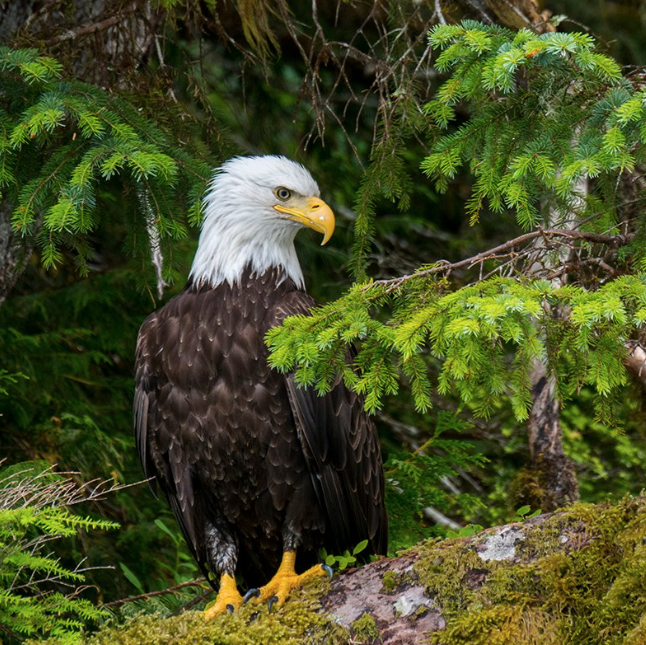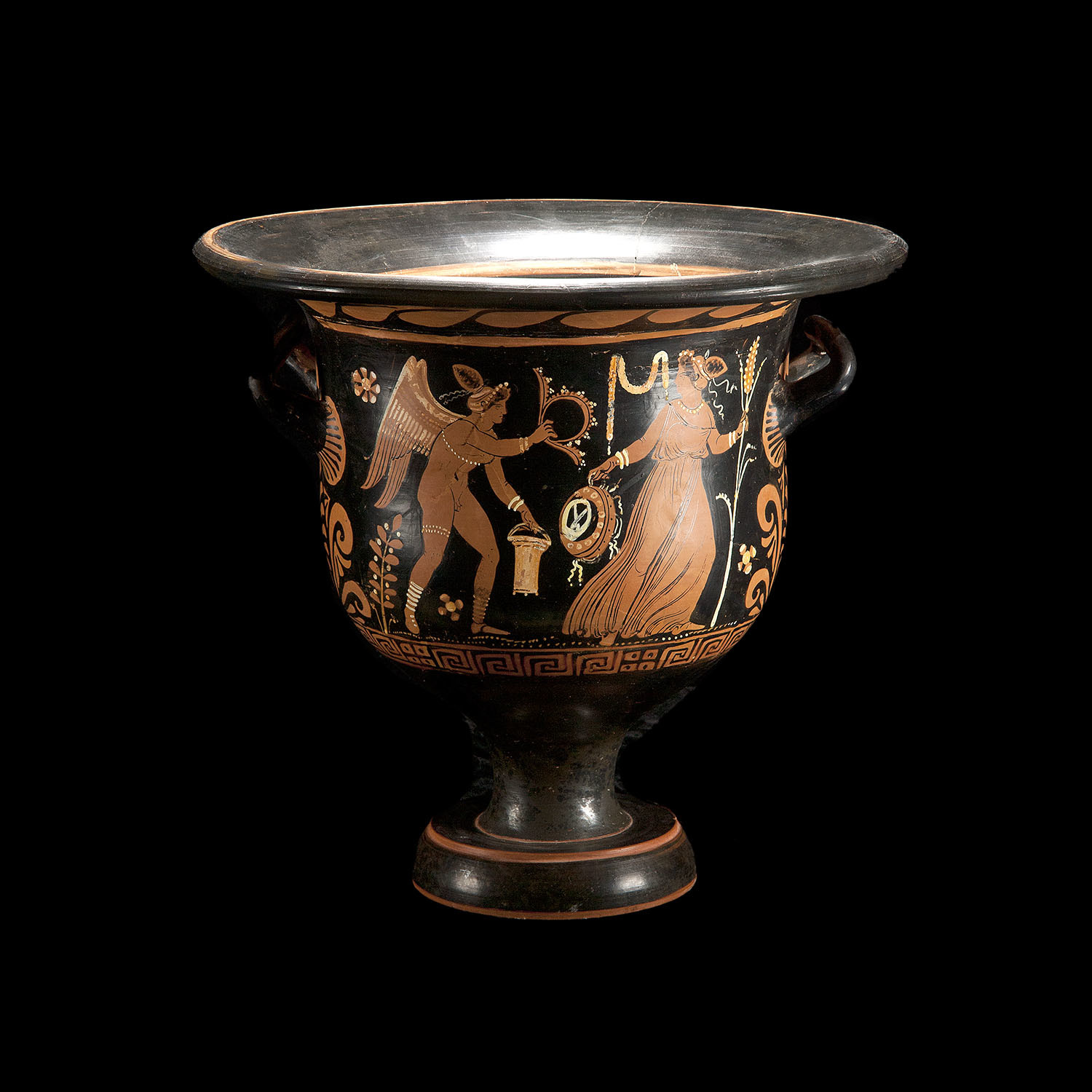From an evolutionary perspective, since we presumably share a common ancestor with the great apes, it’s very likely that we would have the same number of chromosomes.
That's false. Change in chromosome number is fairly common in closely-related species. Horse species vary from 32 to 66. It's not exactly a secret. But if you don't know anything about genetics, it might be news.
But we don’t. Great apes have 48 (24 pairs) chromosomes, and humans have only 46 (23 pairs). To explain this dissimilarity, evolutionists predicted an ancient end-to-end fusion “event” in evolutionary history when two chromosomes became one.
Actually, it was first noted because of karyotyping. When chimpanzee and human chromosomes were compared, something remarkable was found...
Chromosome 2 in humans appears to be almost exactly like 2 chimpanzee chromosomes linked together. Since chromosome fusion is not uncommon in nature, it was hypothesized that a fusion event separated human ancestors from chimpanzees. It turns out, that's a testable hypothesis. If the hypothesis is correct, there should still be traces of telomeres (end sequences found at the end of all chromosomes) where the fusion should have happened.
Turns out, the telomere remains are indeed at the predicted fusion site.
Proc Natl Acad Sci U S A 1991 Oct 15;88(20):9051-5
Origin of human chromosome 2: an ancestral telomere-telomere fusion
J W IJdo A Baldini, D C Ward, S T Reeders, R A Wells
Abstract
We have identified two allelic genomic cosmids from human chromosome 2, c8.1 and c29B, each containing two inverted arrays of the vertebrate telomeric repeat in a head-to-head arrangement, 5'(TTAGGG)n-(CCCTAA)m3'. Sequences flanking this telomeric repeat are characteristic of present-day human pretelomeres. BAL-31 nuclease experiments with yeast artificial chromosome clones of human telomeres and fluorescence in situ hybridization reveal that sequences flanking these inverted repeats hybridize both to band 2q13 and to different, but overlapping, subsets of human chromosome ends. We conclude that the locus cloned in cosmids c8.1 and c29B is the relic of an ancient telomere-telomere fusion and marks the point at which two ancestral ape chromosomes fused to give rise to human chromosome 2.
So as the human ancestor and ape ancestor diverged from the common ancestor, a fusion occurred in the branch that eventually became Homo sapiens sapiens—us—but not in the branch that became the great apes.
So the evidence shows. The alternative would be that everything lined up randomly, and chance mutations happened precisely in thousands of nucleotides exactly as it there was a fusion. But that would be so unlikely as to be effectively impossible. Even if just a hundred nucleotides fit that sequence, the likelihood would be:
9.3326215443944152681699238856267e+157 (about 9 with 157 zeros behind it.
There aren't that many electrons in the universe.
And yes, the telomeres have degenerated over time, as they are no longer functional, and mutations to them are not removed by natural selection. This is observed to happen in other cases of chromosome fusion. It even appears that a gene later evolved into the fused telomeres (which is a fairly common event; it is now known that a major source of new genes is mutation of non-coding DNA)
Science 14 Feb 2014:
Vol. 343, Issue 6172, pp. 769-772
Origin and Spread of de Novo Genes in Drosophila melanogaster Populations
Abstract
Comparative genomic analyses have revealed that genes may arise from ancestrally nongenic sequence. However, the origin and spread of these de novo genes within populations remain obscure. We identified 142 segregating and 106 fixed testis-expressed de novo genes in a population sample of Drosophila melanogaster. These genes appear to derive primarily from ancestral intergenic, unexpressed open reading frames, with natural selection playing a significant role in their spread. These results reveal a heretofore unappreciated dynamism of gene content.
AIG would not have known about any of this, but it makes their suppositions effectively impossible.



